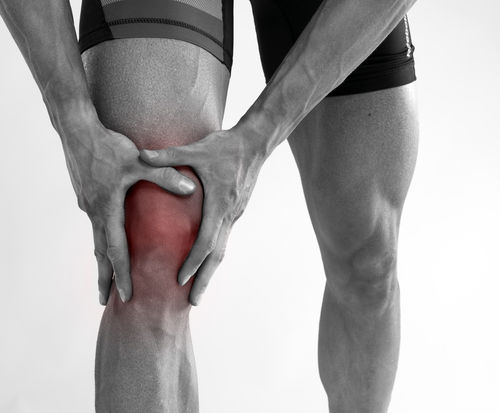"Effective Strategies for Treating Achilles Tendinopathy"
- Head 2 Toe Osteopathy
- Mar 6, 2024
- 2 min read

Achilles tendinopathy is commonly managed conservatively, particularly in the initial stages of treatment. Conservative management typically includes a combination of non-invasive interventions aimed at reducing pain, improving function, and promoting healing of the Achilles tendon. Here's an overview of the evidence-based approaches used in conservatively treating Achilles tendinopathy:
Activity Modification: Limiting or modifying activities that exacerbate symptoms is often recommended. This may involve temporarily reducing or avoiding activities that place excessive strain on the Achilles tendon, such as running or jumping.
Load Management: Gradually introducing appropriate loading and exercise programmes is a key component of conservative management. This approach aims to promote tendon adaptation and remodelling while minimising the risk of further injury. Eccentric exercise programmes, in particular, have been shown to be effective in improving symptoms and function in Achilles tendinopathy.
Stretching and Strengthening Exercises: Physical therapy programmes often include specific stretching and strengthening exercises targeting the calf muscles and Achilles tendon. These exercises aim to improve flexibility, strength, and tendon function. Eccentric exercises, in which the muscle lengthens while under tension, are commonly prescribed due to their positive effects on tendon adaptation.
Orthotic Devices: In some cases, orthotic devices such as heel lifts or custom-made orthoses may be prescribed to help reduce strain on the Achilles tendon and improve biomechanical alignment.
Shockwave Therapy: Extracorporeal shockwave therapy (ESWT) is a non-invasive treatment option that has been used in the management of Achilles tendinopathy. ESWT involves delivering shockwaves to the affected area, which may help stimulate tissue healing and reduce pain.
Manual Therapy: Techniques such as soft tissue mobilisation, massage, and joint mobilisation may be used by healthcare professionals to improve tissue mobility, reduce pain, and promote healing.
Patient Education and Self-Management: Providing education about the condition, self-management strategies, and appropriate loading principles is essential in empowering patients to take an active role in their recovery. This may include advice on modifying activities, proper footwear, and home exercise programmes.
Pain Management: In addition to the above interventions, pain management strategies such as ice application, nonsteroidal anti-inflammatory drugs (NSAIDs), and other modalities may be recommended to help alleviate symptoms and facilitate recovery.
It's important to note that the effectiveness of conservative management for Achilles tendinopathy may vary depending on factors such as the severity of the condition, individual patient characteristics, adherence to treatment, and the presence of any underlying biomechanical or structural issues. Additionally, patients with persistent or severe symptoms may require further assessment by a specialist and consideration of alternative treatment options, including surgical intervention.




Comments